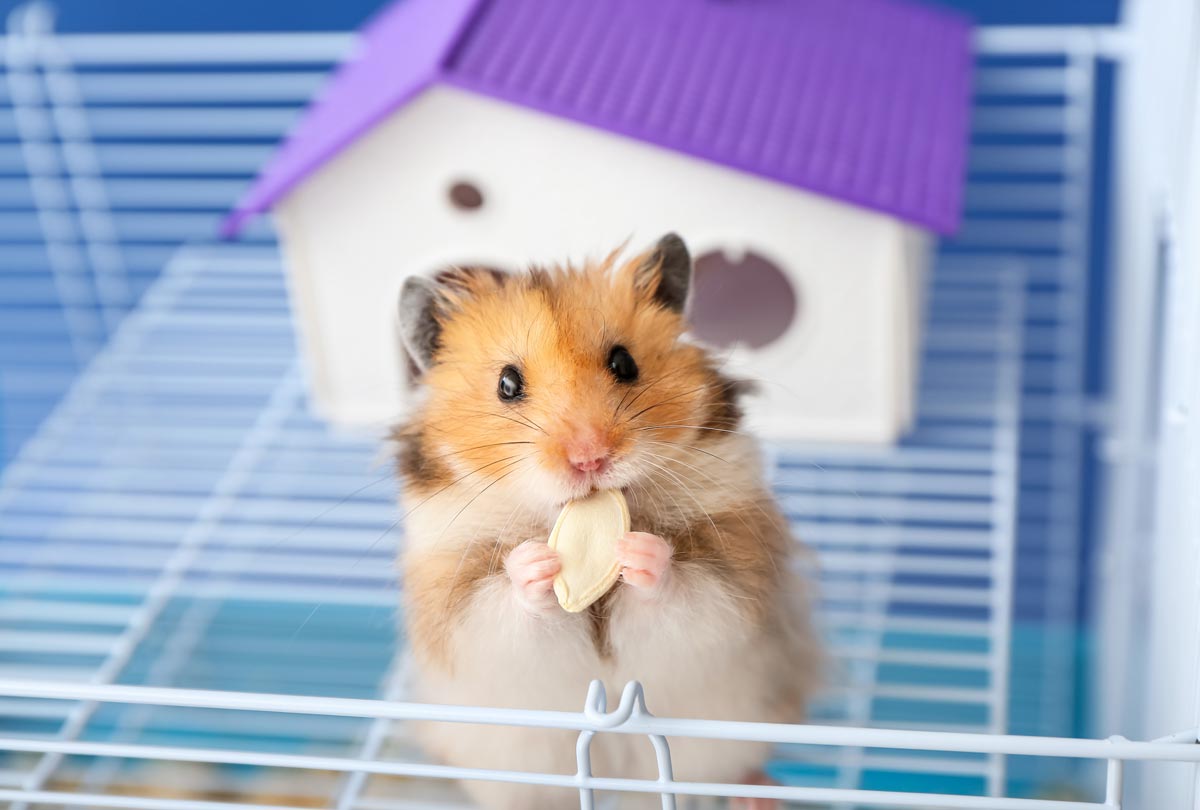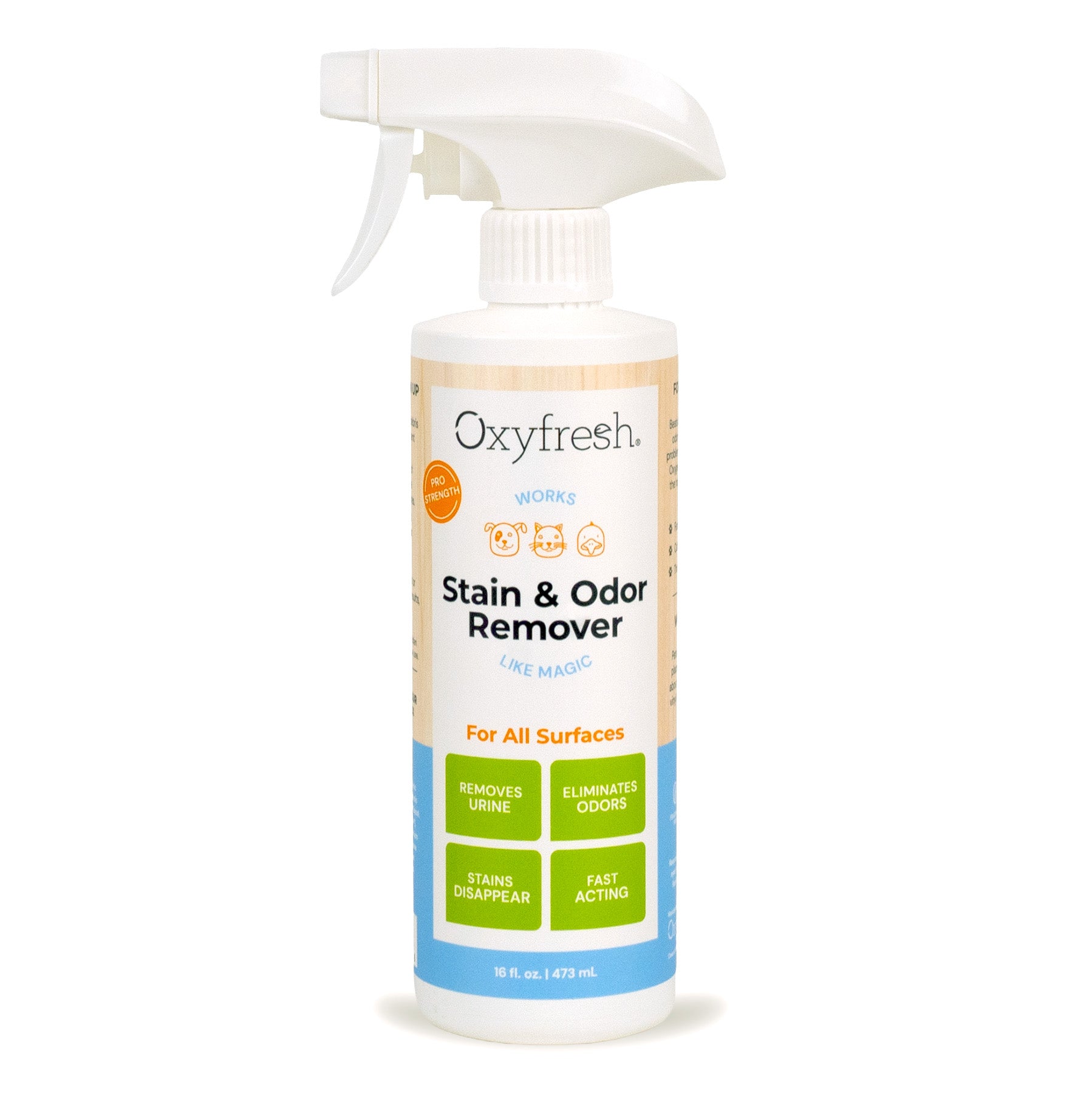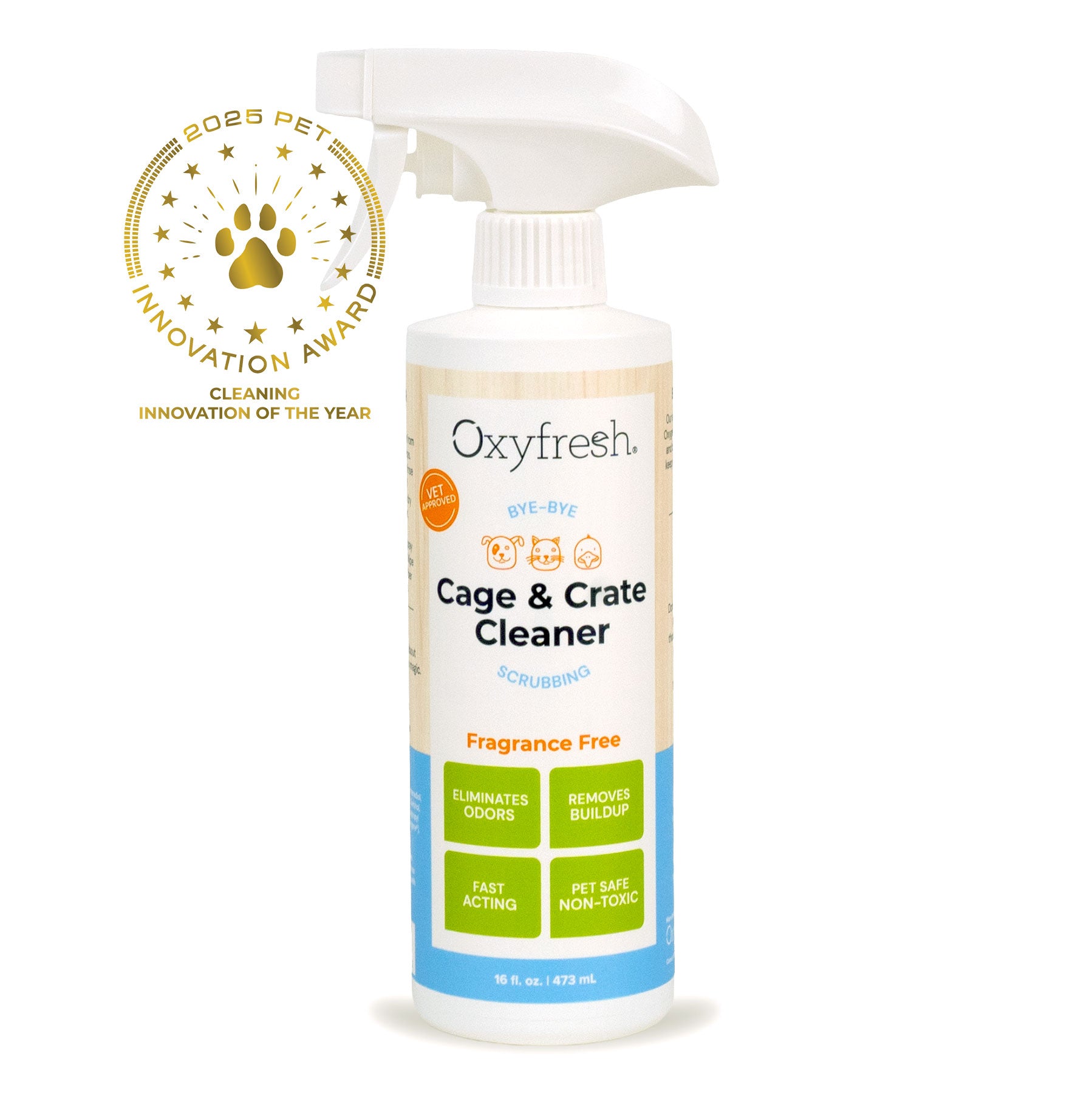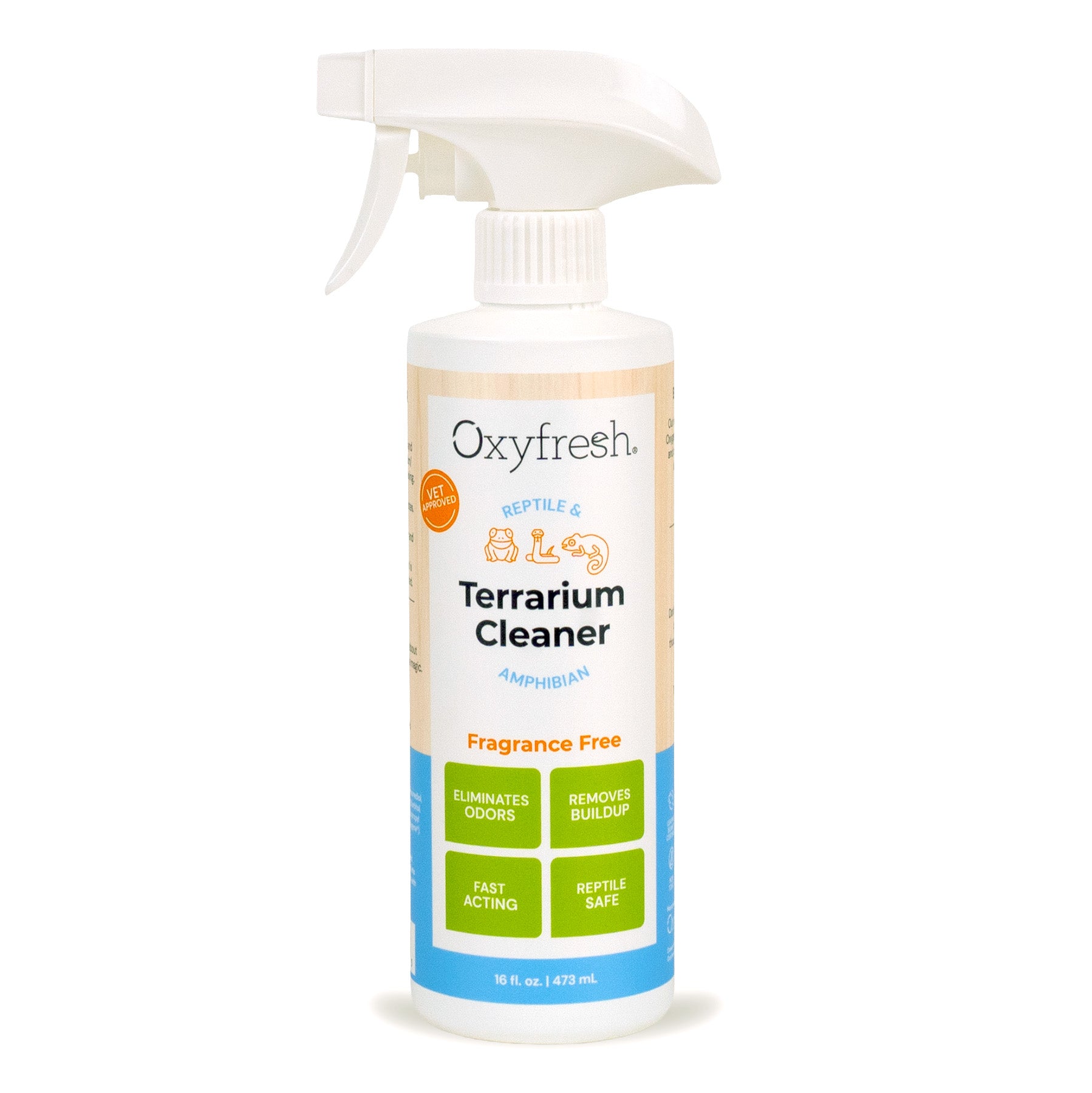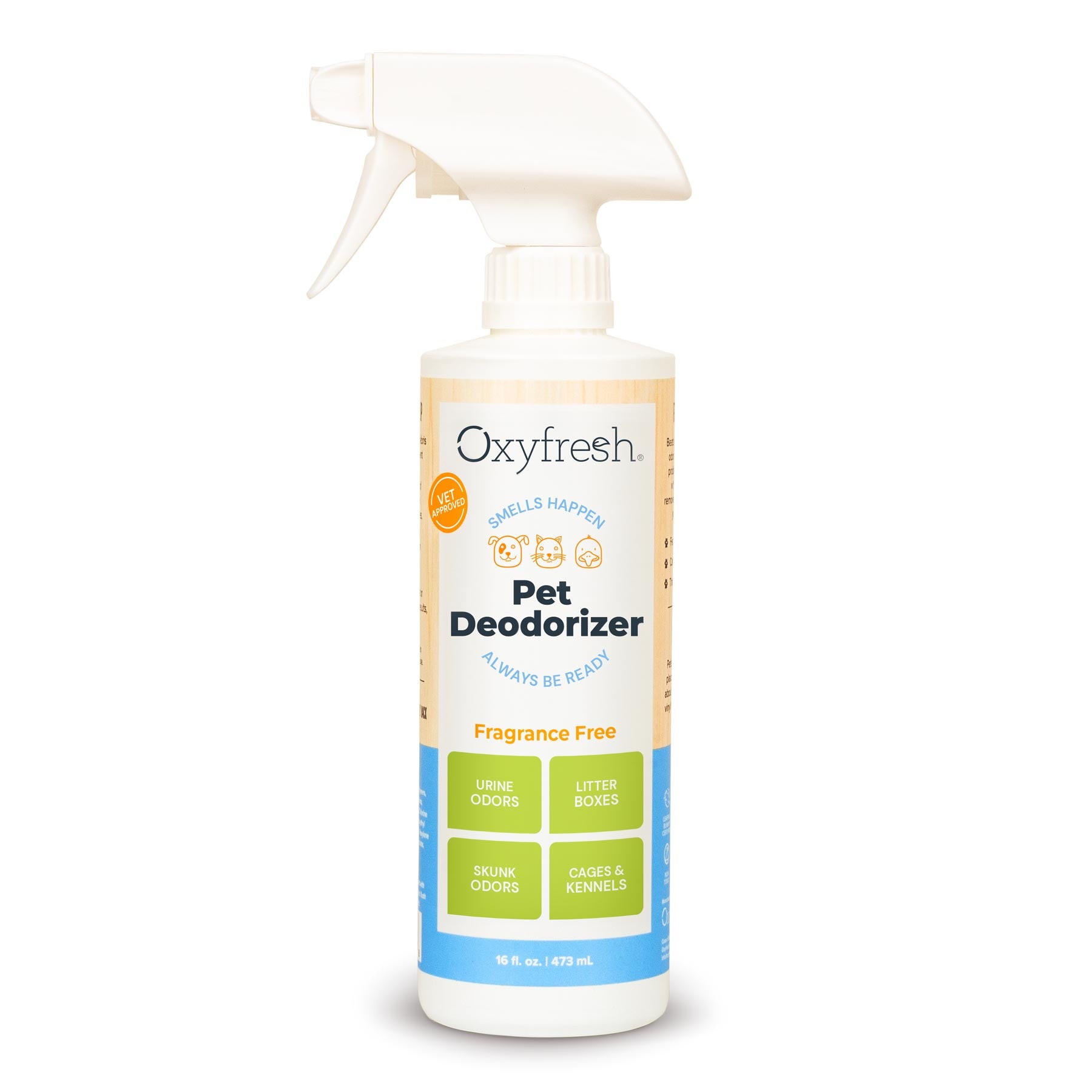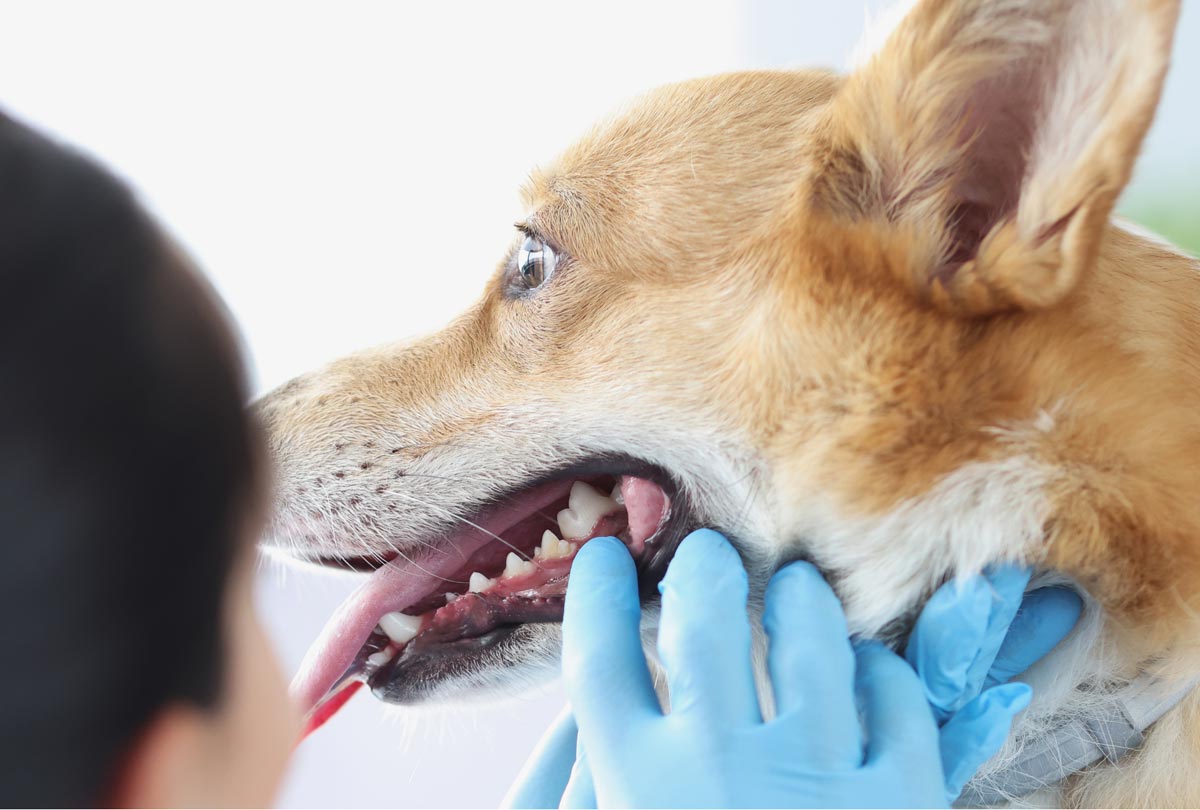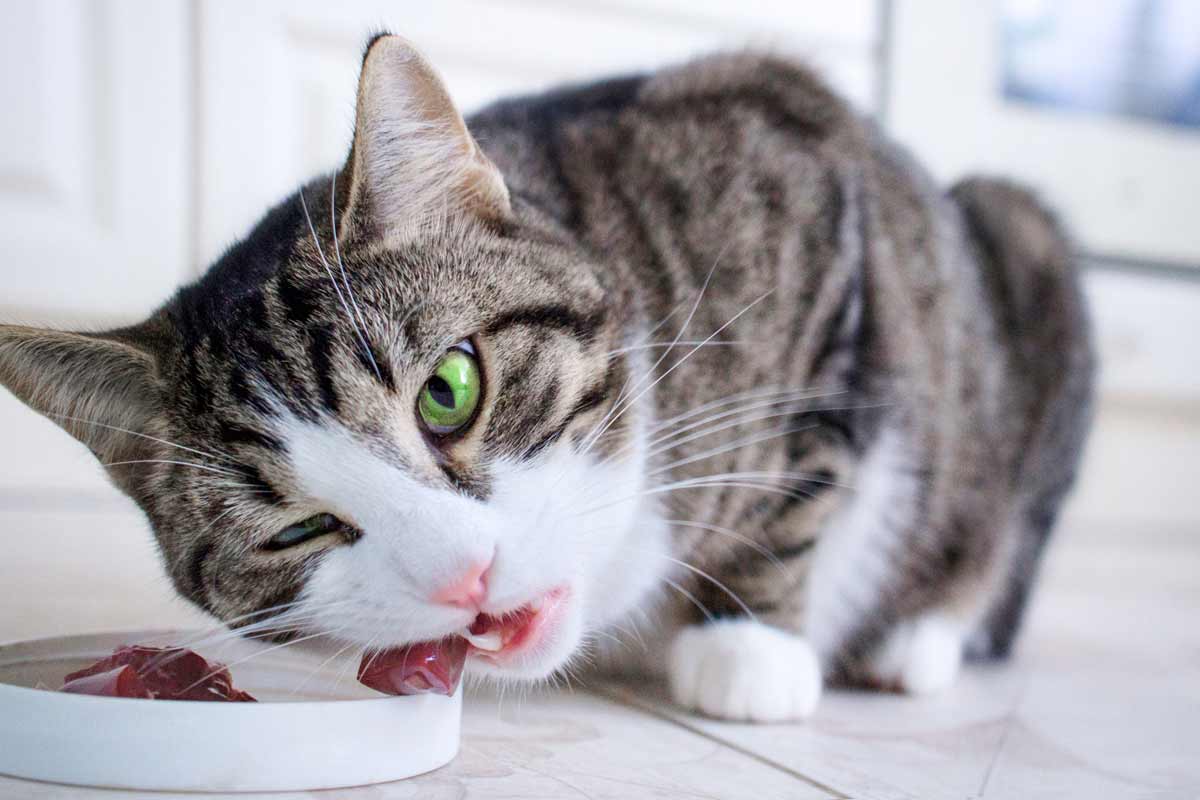Don’t let their small size fool you. As tiny as hamsters are, these adorable pets can produce some big-time odors. You know what we’re talking about: that smelly hamster cage!
Knowing how to keep your hamster’s cage from smelling won’t just save your nose (and quite possibly your reputation), but it will also help keep your furry friend happy and healthy.
How to Keep a Hamster Cage from Smelling
#1. Make Sure Your Hamster's Cage Is Big Enough
We know, the real estate market is a mess. But when it comes to giving your hamster a home, splurge a little and upgrade to more square inches. Having a bigger hamster cage will help with odor control and even decrease your hamster’s stress levels and susceptibility to illness. Of course, the word "big" can be, well, ambiguous.
How big should a hamster cage be?
The answer to "how big should a hamster cage be?" isn’t as simple as the answer to 2 + 2 (which is 4 by the way). The minimum size requirements for hamster cages vary by country AND by whom you ask.
The truth is some pet shops sell cages that are too small in order to save on space within the store and appeal to customers’ desires for a good deal. (Small connectable hamster cages should be a red flag.) According to hamster forums, these are the minimums for how big a hamster cage should be.
- Syrian Hamsters: Approximately 900 square inches of floor space, per hamster. For an average cage, this comes out to about 45 x 20 inches. The height should be 24 inches to allow for 10 inches of bedding space and a decent-sized wheel.
- Chinese and Dwarf Hamsters: Approximately 700 square inches of floor space, per hamster ... about 44 x 16 inches per hamster. The height should be 24 inches as well.
Important: the floor space should be continuous. Tubing, ramps, ledges, separate rooms, etc., don’t count as floor space and should be considered "bonus space."
Tip: The right bedding will also keep the hamster cage from smelling. If you’re not sure where to start, check out these 5 best bedding options for hamsters.
The type of hamster cage can keep it from smelling too.
Size isn’t the only thing that matters when it comes to stopping smells from the hamster cage. The type of cage is important too. You’ll want a hamster cage that allows for maximum ventilation. Wire cages or tanks with a glass or plastic base and a wire or mesh top provide great ventilation and easy cleaning. Steer clear of aquariums, as they don’t provide adequate ventilation. They’re also heavy, which can make the job of cleaning or moving the hamster cage quite cumbersome.
#2. Don't Hate, Ventilate!
If you hate those smelly hamster cage odors, get things under control by properly ventilating the room. Getting the air circulating will go a long way in making sure smelly hamster cage odors don’t linger. The non-rocket-science method is to open up a window and give the room a good airing out each day.
This is weather permitting, of course. Hamsters don’t like fluctuating temperatures or drafts, and the hamster cage itself should be away from the window and not in direct sunlight. Also, don’t place the cage next to an air conditioning or heat vent. No window? Use an air purifier to remove smelly hamster odors in the room.
Speaking of cage location, did you know that hamsters have incredible hearing and do not like ultrasonic sounds? These are sounds that have frequencies above what humans can hear. Ultrasonic sounds can be emitted from electronics like computers and TVs, so if you’re looking for the best location for your hamster, don’t keep these in the same room as the cage. These sounds can be super annoying to hamsters and affect their mood and sleep. It would be like us hearing nails-on-a-chalkboard sounds 24/7.
#3. Know How Often to Clean a Hamster Cage (Um, and Then Do It!)
After you’ve purchased a roomy cage and the right bedding, and found the perfect spot for the cage, you’ll need to know how often to clean a hamster cage and then stick to a routine. Not only will this make your nose happy, but it’ll make your hamster happy too!
Spot-clean daily
Taking a few minutes each day to spot-clean your hamster’s cage will decrease the need for deep cleanings. If you’re a daily spot-cleaner, a thorough cleaning will only need to be done once a week for standard-sized hamster cages. And if your furry pal lives in a "mansion," you may only need to clean your hamster’s cage once a month.
Keep in mind, these are loose guidelines for how often to clean a hamster cage. If your hamster is a slob or you have multiple hamsters, you’ll need to clean more often. Let your nose be your guide. If the cage smells bad, do a deep clean. Hamsters are sensitive to smells and can get sick if their cage is unclean or the air quality is bad.
Daily spot-cleans include:
- Removing old food
- Washing water & food dishes
- Replacing soiled bedding (this should be easy, as most hamsters have a "bathroom" corner)
Note: It’s important to wear gloves when you clean your hamster’s cage, as they can carry viruses and bacteria. And, of course, get your happy-birthday humming on and wash your hands afterward.
Deep-clean your hamster's cage weekly or monthly
Weekly or monthly, depending on the size of the hamster cage and whether you’re keeping up on daily spot-cleans, you’ll want to change all the bedding in your hamster’s cage and do a deep clean. While the words "deep clean" may conjure up spring cleaning nightmares, don’t worry. It’s easy, and once you’re in a routine, you’ll be an old pro.
How to Deep Clean a Hamster Cage
Gather your supplies
This is half the battle. If you show up prepared, it’s going to be easier for both you and your hamster. You’ll need:
- Cleanings gloves
- Paper towels or cloths
- Garbage bag(s)
- Replacement bedding
- Pet-safe cage cleaner (Don’t use bleach, scented cleaners, ammonia or essential oils to clean the hamster cage. If you don’t have a cleaner specifically formulated for pets, you can use a scent-free, mild dish soap mixed with warm water.)
Remove your hamster
Your hamster should not be invited to the cleaning party, as it can cause undue stress. You’ll want to gently remove your hamster from the cage and put your pal in a safe place, like a secondary enclosure.
If you don’t have a portable cage, you can improvise. A high-sided box, plastic bin, or a DIY hamster enclosure made from hardboard will all work great. Throw some bedding down, things to alleviate boredom, and a snack, and your hamster can just chillax while you do your thing.
Empty the cage
Remove all bowls, dispensers, wheels, toys, etc. Take them to the sink or bathtub, wherever you’ll be washing them. Then remove all the bedding and put it in a garbage bag. Seal the bag to keep that strong ammonia scent from permeating into the air.
Clean the hamster cage
This is not the time to cut corners, quite literally. You’ll want to clean the hamster cage from top to bottom and all the individual bars if you use a wire cage. You may need to take it apart to get to all the hard-to-reach places that can harbor bacteria. Spray or apply your solution, let it soak if required, then wipe it away. Depending on what you use to clean your hamster cage, you may need to rinse the hamster cage with water to remove any residue.
Wash the accessories
Wash all your hamster’s toys, wheels, dishes, etc. to remove urine, feces and bacteria that can cause a stink and even affect your hamster’s health. Use warm water and mild scent-free dish soap, then rinse everything thoroughly.
Let everything dry
The cage and all accessories need to be completely dry before you add new bedding, as you don’t want the bedding to get soggy and encourage mold growth. You can towel-dry the cage to speed up the process or put it in the sun. The sun’s rays will work to dry the cage, as well as disinfect it. Once it’s dry, add fresh bedding, then all your hamster’s things, and lastly, your hamster. Give your furry friend a few hours to relax and get used to the fresh new cage before you play with or hold your hamster.
Save Time with the Ultimate No-Rinse Hamster Cage Cleaner
We know there are a million other things you’d rather be doing than cleaning your hamster’s cage, so save yourself some time and use Oxyfresh Cage & Crate Cleaner. USA-made and cruelty-free, this cleaner is so safe and non-toxic, you don’t have to hassle with the extra step of rinsing. Less hauling the cage around, less time to dry, less effort – hooray!
Simply spray the surfaces of your hamster’s cage with Oxyfresh Cage & Crate Cleaner. Let the solution sit for 2– 3 minutes. (You can use this time to wash your hamster’s dishes and accessories.) Wipe up the debris with a damp cloth or paper towel. No scrubbing or elbow grease. All those urine stains and messes will come right up!
This brilliant hamster cage cleaner is the only one on the market with the power of proprietary Oxygene® to rid the cage of smelly odors and bacteria. As an oxidizer, it tackles sulfur (waste) compounds right at the source. No coverups with fragrances or perfumes. It’s the ultimate hack to send those cage odors packin’ and save YOU precious time.
Happy cleaning!

